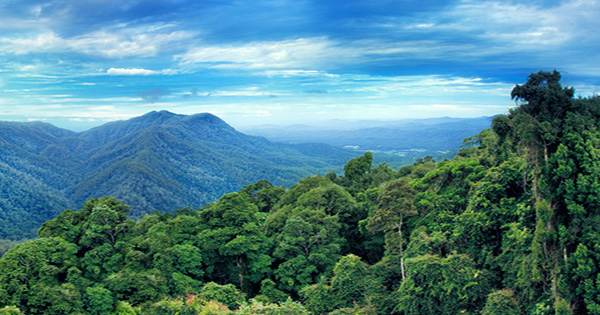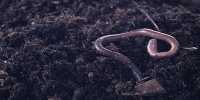At least 97 percent of the world’s land is physically intact and cannot disturbed by human presence. The gruesome figures come from a new study published this week in the journal Forests and Global Change in Frontiers from. There is no strict definition of the term “physically intact”, but it generally refers to areas of land that continued human activity and are still abundant in animal life as they were before industrialization.
For this new study, an international team of scientists compared the natural ranges of thousands of mammal species to 1500 AD, a year before the Industrial Revolution. They found that only 2 percent to 3 percent of the Earth’s landmass could be considered virtually intact – meaning they saw no loss of animal density below any level that would affect the healthy functioning of any ecosystem. Similarly, only 11 percent of these environmentally intact sites are in environmentally protected areas.
“We know that intact habitats are increasingly being lost and the values of intact habitats have been demonstrated for both biodiversity and humans, but this study found that most of what we consider intact habitats have been hunted or lost because of invasive species or disease.” Dr. Andrew Plumptre, lead study author at the Secretariat of the Cambridge Basic Biodiversity Region, said in a statement. Ecologically untouched land areas can found in eastern Russia, northern Canada and Alaska, the Amazon Basin, parts of the Sahara and the Congo Basin.
Surprisingly, most of these areas overlap with the settlements of the regional communities who have played an important role in maintaining and managing the environmental integrity of the region. These figures in the new study are alarmingly lower than previously estimated. Past studies have suggested that about 20 to 40 percent of the planet’s land is far from significant human disturbance.
However, the direct and indirect effects of human activity on the natural environment are increasing at any time with the slightest sign of cessation. The ball started rolling a few centuries ago, but in recent decades, there has been significant encouragement to disrupt disturbed areas in human activity. As always, there is some hope though. Human activity is occupying more land, but the authors of the study argue that up to 20 percent of the planet’s surface can only restored to intact habitat by replacing a few species.
“The results show that increasing the area with environmental degradation can be achieved by reconstructing the species target to 20% where human impact is still low, if their survival threat can be addressed” and the numbers have reconstructed to the level where they play a functional role. , “Dr. Explained Plumptre.
















